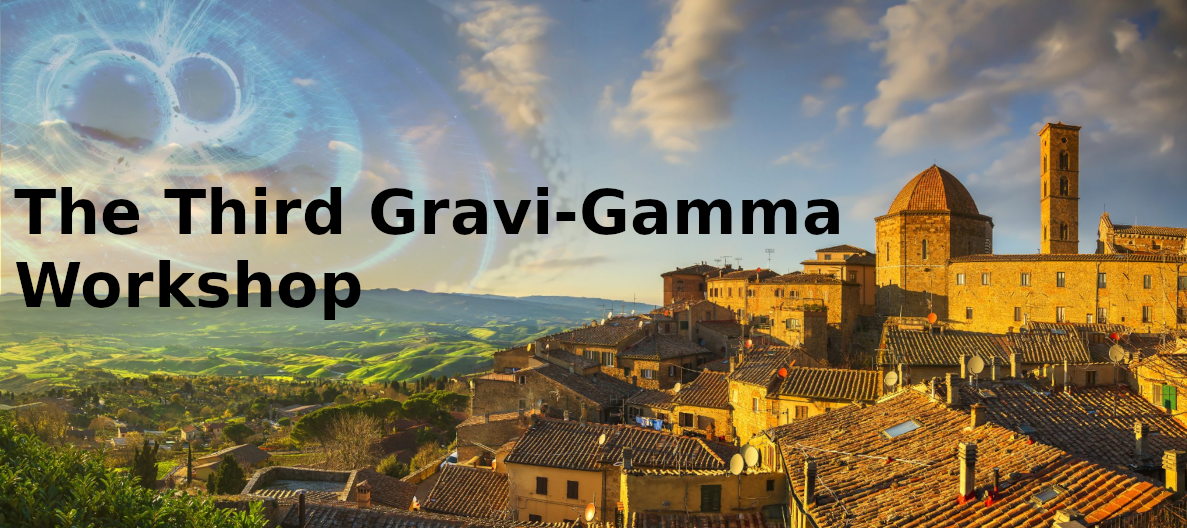Speaker
Description
The discovery of gravitational waves (GWs) from the coalescence of compact objects is one of the most exciting scientific discoveries of the last decade, and started a “golden age” for the multi-messenger astronomy. Merging of either black hole-neutron star or two neutron stars are among the most promising GW sources able to generate electromagnetic counterparts, but also core-collapsing massive stars and isolated neutron stars could be detected in the near future. Several electromagnetic counterparts, such as gamma-ray bursts and their afterglows, kilonovae, millisecond pulsars, soft gamma repeaters and core-collapse supernovae, are expected to be associated with these sources. Comprehensive follow-up observational campaigns of GW signals will help to answer to some fundamental questions in astrophysics and physics in general, leading to a more complete understanding of these events. I will review the current status of the observations of GW sources and their EM counterparts and the future perspectives for joint multi-messenger observational campaigns with current and future instrumentation.

